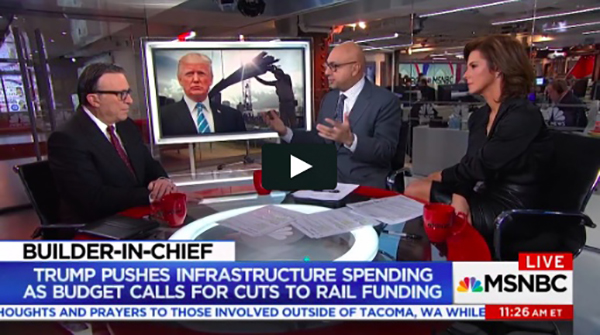We all can agree that there are secrets best kept by government from the public for a multitude of reasons. For one thing, we will all agree that issues affecting national security, such as secret weapons, tactics to be used in the event of attack on our shores, etc., must be given protection from our enemies who could use that information to our detriment. There are incidents in our history, such as the full investigation into who killed John F. Kennedy which arguably, if they contain sensitive information, could fall into that category that the public is best not given the full and true picture.
However, I am not sure about total secrecy on such issues as whether we have aliens from another planet amidst us should be kept secret, but after several viewings of Men in Black and learning that some very famous people on the planet may well be amongst that non-human species, I can understand why facts about UFOs could be validly withheld from general knowledge.
But when it comes to facts about our infrastructure and the potentially perilous conditions of our bridges, roads, dams and electric grid I have gained too much information as a result of authoring “Too Big to Fall: America’s Failing Infrastructure and the Way Forward” to allow any claim by government that withholding such information from the public is a good thing. So this recent article authored by a very respected journalist identifies the spurious efforts of the New Jersey Transit folks to disclose information on which rail bridges may be in critical need of attention has brought this issue to the forefront. I wish to share my concern with each of you.
“Tens of thousands of NJ Transit commuters cross them on trains every day. But the statewide public transportation agency, which maintains hundreds of rail bridges, won't share any information with the public that would reveal whether they're safe or not.”
It seems that the journalist, Curtis Tate, who has written extensively on infrastructure issues for many years, sought to identify whether the NJ Transit officials have categorized railway bridges under its jurisdiction and showing signs of excessive corrosion and wear and tear associated with other structurally deficient bridges around the nation, was rebuffed repeatedly by the authorities. When he finally asked why they would not furnish the condition reports in their files that would validate serious concern for the bridges these railroads use for the travelling public, Tate was summarily told that:
"NJ Transit is in possession of documents containing information which, if disclosed, would jeopardize the safety and security of NJ Transit bridges," the denial letter said.
A further request to the NJ Attorney General’s office got a similar refusal and the statement that the documents "contain sensitive technical...information regarding the structural integrity of nearly six hundred bridges" maintained by the agency. Think about that: although New Jersey has hundreds, if not thousands of the nation’s approximately 55,000 structurally deficient bridges and these are widely known to the general public who seek this information, learning which rail bridges are in danger of collapse, bridges that carry a million passengers a year, is a secret only to be shared by those with Top Secret clearances.
When Curtis spoke with me for his article I pointed out that on the fifth anniversary of the collapse on August 1, 2007 of the I-35W in Minneapolis which killed 13 people and injured another 145, I published a Google map at www.SaveOurBridges.com that permitted every citizen who entered a zip code to see all the structurally deficient\fracture critical bridges (those in danger of imminent collapse) in that area. This website has been quoted publicly on many of the TV and radio stations with whom I have interviewed over the past ten years AND NO GOVERNMENTAL AUTHORITY HAS EVER ASKED ME TO TAKE IT DOWN for any reason, let alone national security reasons. Why then, I asked, could any transportation agency seek to preclude this acknowledgement of pending disaster from the questioning press or the public whom it serves?
We truly deserve better from our public officials. I hope that journalists such as Curtis Tate continue that fight. I hope he convinces his publishers to take this battle to court as an affront to our first amendment rights. And I hope that one day, the sunlight of transparency will shine brightly on our state and federal government leaders who, for the past four decades, have failed to exhibit the political will and the political leadership to make repairs to our imperiled infrastructure a primary mission before further disasters occur. I hope we all win that ultimate victory.
As always, please let me have your thoughts and ideas in response to this issue.



